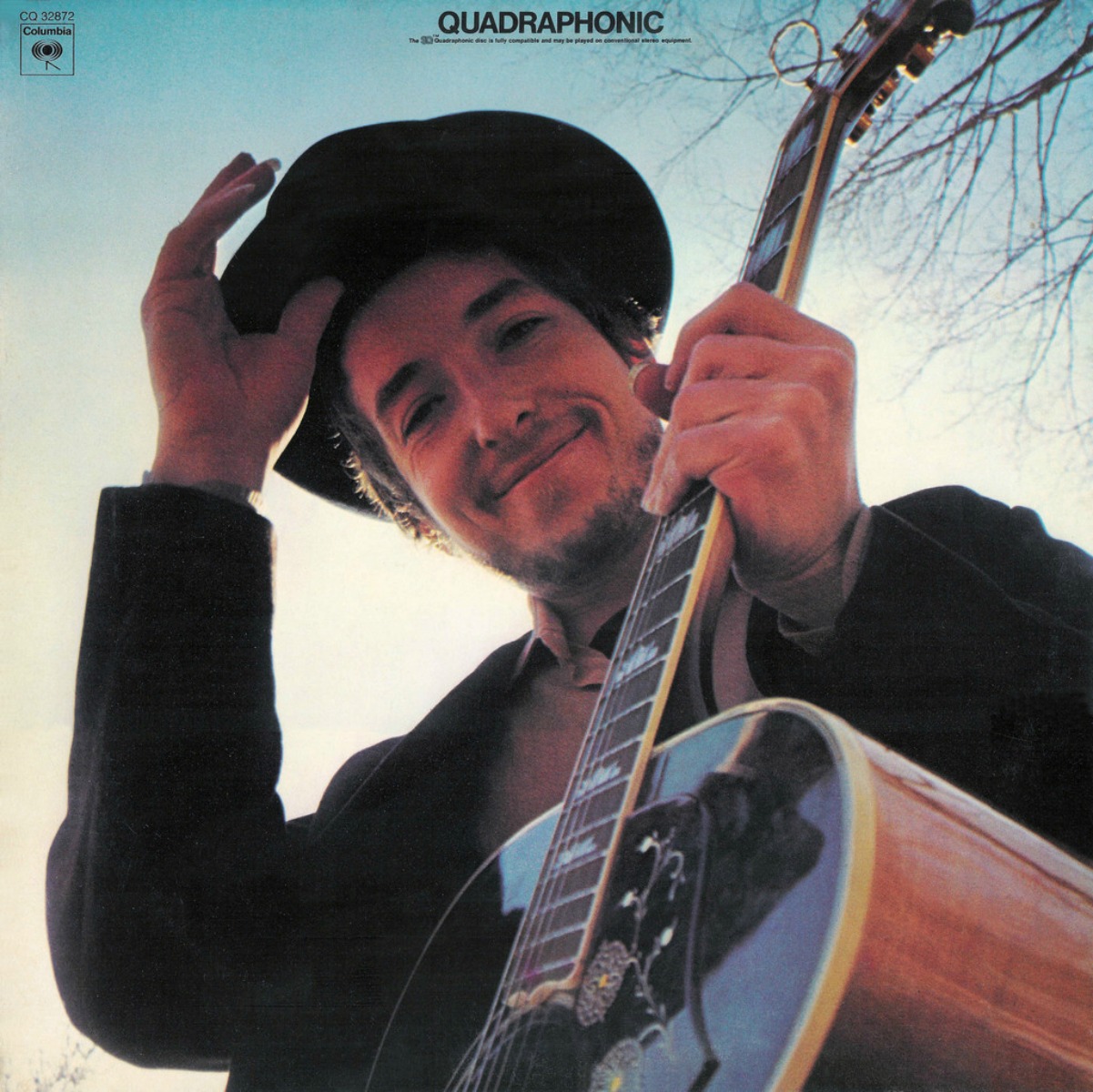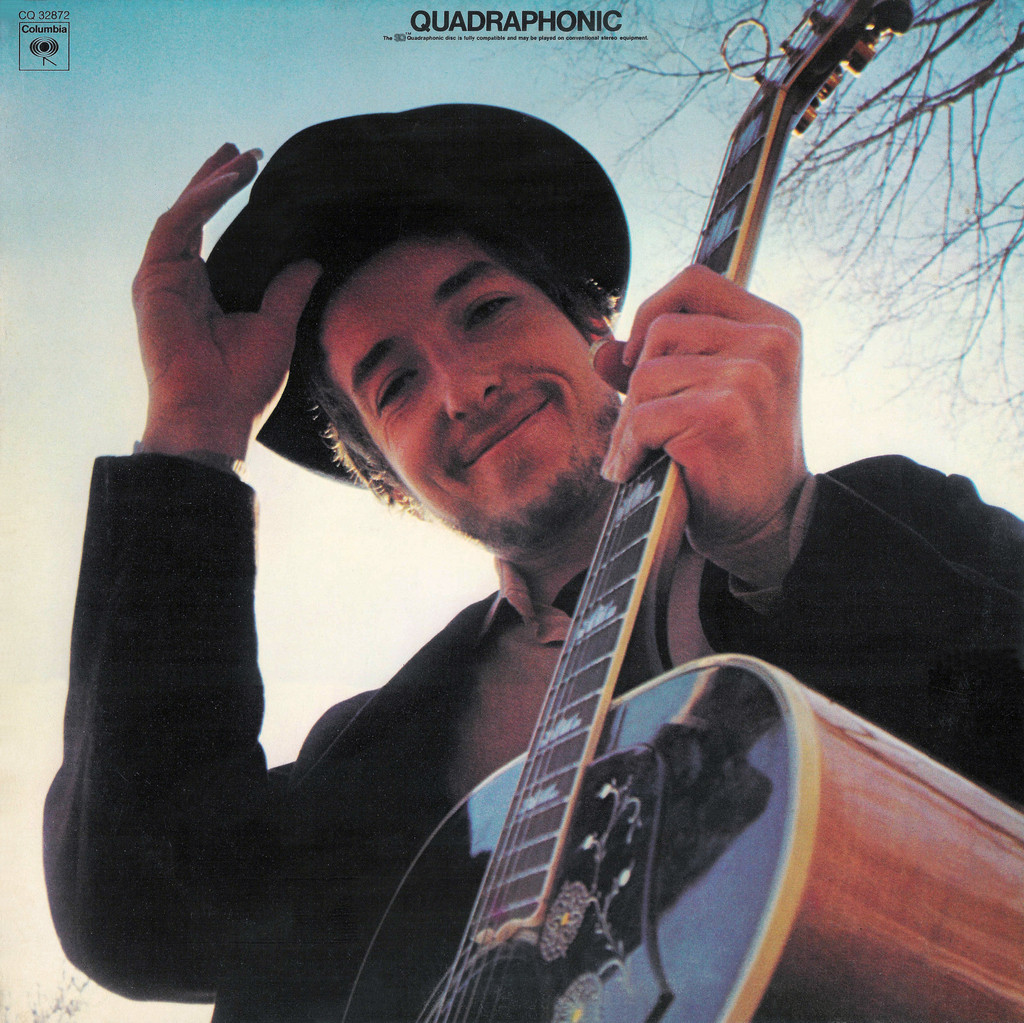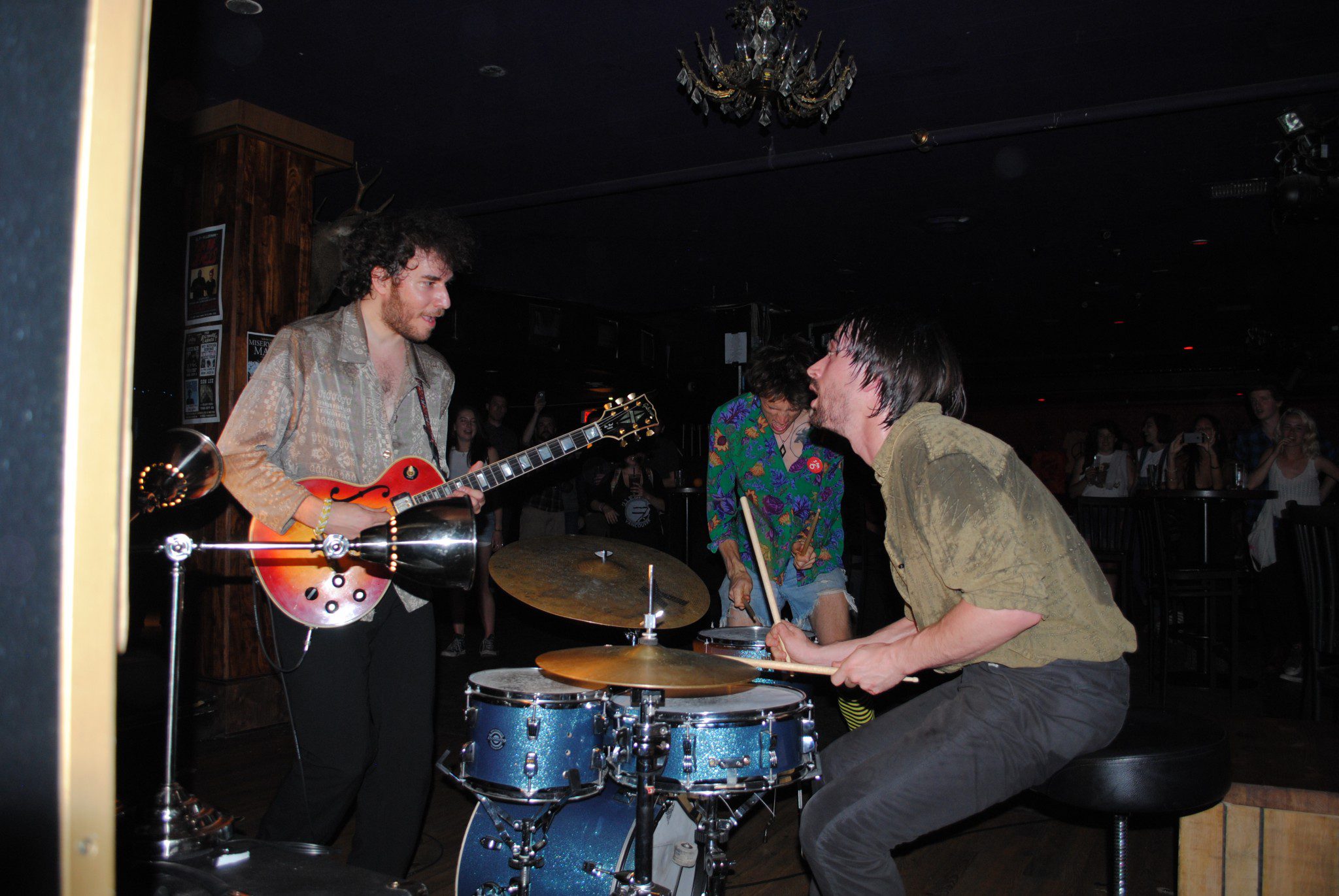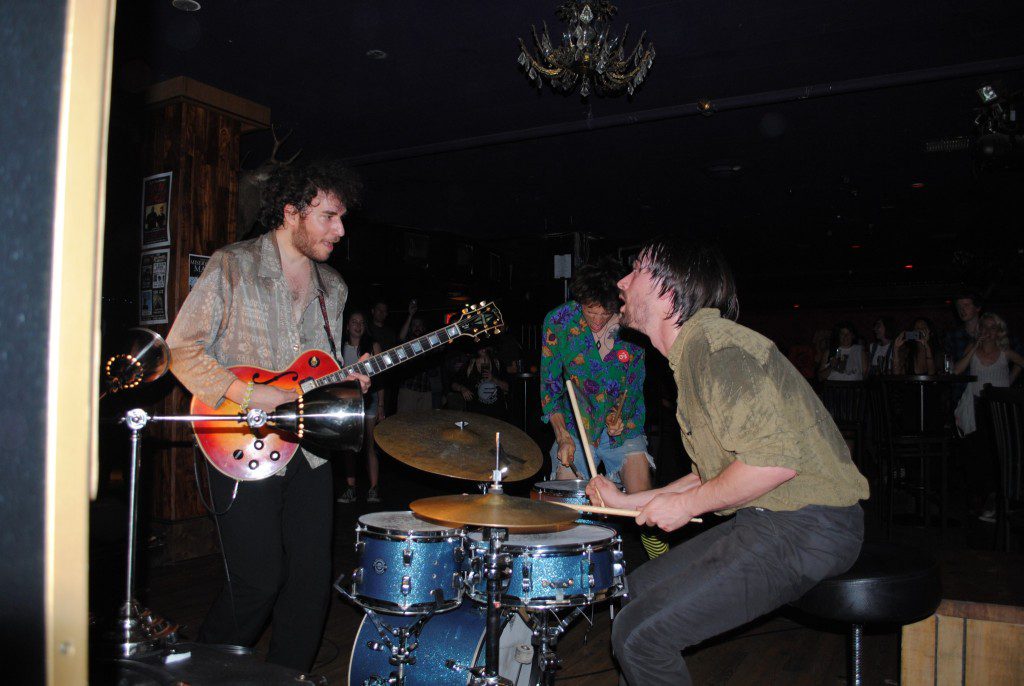ONLY NOISE: Car Songs

Welcome to the second installment of “Only Noise,” in which Madison Bloom writes a memoir with music.
A mixtape is something Generation Y shouldn’t grasp the importance of. Despite the small number of people who claim to prefer the sound of tape, mixtapes today are largely leveraged as devices of kitsch and nostalgia. There is of course the tape renaissance in the cottage punk industry. Once declining tape-manufacturing plants such as National Audio Company are finding newfound profits in reel-to-reel, and brands like Urban Outfitters are eager to get in on the “vintage” trend. The clothing retailer made a gesture towards analog at last year’s Northside Festival, stuffing press goody bags with a neon green compilation tape featuring artists such as Blanck Mass and Juan Wauters.
But truth be told, most people born post compact disc proliferation have never had a pressing need for a mixed tape.
Unless…
There was a patch of time in the late nineties when the good people at Subaru neglected to outfit their Foresters with the leading method of musical consumption: a CD player. My mother owned such a Forester, and though in hindsight I realize the simple solution would have been to purchase a CD player, the decision was well out of my 12-year-old hands.
At the pinnacle of my musical discovery, as well as the inception of my aural snobbery, this absence was an abomination. Living as we did in bumfuck Washington, we were out of range for all of the cool radio stations like KEXP and 89.9. All we had was classic rock, Top 40 (not so great in 2000), and 107.7 The End, which boasted that ambiguous, doomed banner “alternative.” The End was given to playing Papa Roach, Disturbed, and the state-ordained daily quota of Nirvana.
It was ok, but when something truly abysmal came on, there was nowhere to run. The car at that time, just on the cusp of mp3 players, kept you captive with your music more than most situations, which was the beauty and the burden of being on the road.
I began to do what any other pre-teen would have done in the decades prior: I made mixed tapes. I didn’t need an authentic childhood void of the internet, compact disks, or Napster to understand how these things worked. I’d seen High Fidelity.
I was in a unique position as a kid in the 90s who actually knew what a vinyl record was. I was, as all kids are, egocentric, and having admired my Dad’s 4,000 plus record collection for as long as I can remember, I would go to sleepovers and birthday parties wondering: where are your Dad’s 4,000 records?
And yes, I too fetishized the faux nostalgic from a young age. I blame the amazing stories my parents told me about growing up in the 50s, 60s, and 70s. They had “used up all the fun,” as my mom puts it. I wanted to pay a nickel for a candy bar, and have a paper route, and take acid with my high school teachers. I wanted boys to make tapes for me! Fantastic tapes filled with songs I’d never heard, the J-cards meticulously filled in with ball-point pen renderings of hearts and music notes alongside the painstakingly written song titles, artists, and run times. The cassettes would have themes, and clever titles winking at some hilarious inside joke.
But there were no boys. There were no tapes. So, like an independent 12-year-old woman, I made my own goddamn tapes.
The first was simple in its purpose: songs for the road. Or, as my strained, blue Bic handwriting declares: “Songs For The Ramblin’ Traveler.”
This isn’t going to get less embarrassing.
So deprived I was of decent music in the car, that I overcompensated with flamboyant, and horrible titles. The music however, wasn’t so terrible. Side One included Bob Dylan’s “Peggy Day” off of Nashville Skyline as well as “Radio Radio” by Elvis Costello. Neither was directly related to driving lyrically, but sonically they possessed a forward-motion needed for a good car song. Just uplifting enough to keep your eyes ahead.
Side Two, was far less forgiving. I can’t say the exact year this tape was made, but it would have come to life amidst my obsession with two bands: Social Distortion and The Wallflowers.
The former was certainly the catalyst for including Mike Ness’s cover of “Six More Miles,” originally by Hank Williams, which, unbeknownst to my young ears, was not about driving, but dying.
More true-to-form road trip lyrics could be found in the Wallflowers selections, namely “Back To California” and “Shy Of The Moon.” Yes. There were two.
But the tape to end all tapes was the love dedication tape that I, in all my teen melodrama, made for myself. Having just seen Brokeback Mountain, I was inspired. So much so, that I entitled my mixtape-to-me: “I Wish I Knew How To Quit You.” It is perhaps the cringiest thing I have ever done in my entire life. But I would like to clear up one thing: it wasn’t about self-love; it was about a puppy-love deficiency…I was essentially pretending that there did exist a boy who had made me such a tape. Like when Cher in Clueless sends herself flowers. Sort of.
There was no shortage of Social Distortion tracks on this tape either. Side A touted their more critically acceptable era with “Another State Of Mind” off 1982’s Mommy’s Little Monster. The song itself was about being on the road, on tour specifically, and missing someone back home. Side B found them a decade later with “When She Begins” from Somewhere Between Heaven And Hell.
The Dead Milkmen’s “Punk Rock Girl” would have also been on there, since at the time I truly thought that it was a sincere love song. The irony of my choices continued with “Mama You Been On My Mind” by Dylan and Costello’s “Allison.” It took me years to realize that both were snide reprimands of former lovers. One could posit that this tape full of “love songs” might serve as a breakup tape in later years.
Despite our necessity for them, we didn’t have many cassettes in the Subaru, and at some point I must have become bored of making my own. Maybe I simply ran out of subject matter. Besides love songs and car songs, what else did you have to work with in life? This was clearly before the explosion of hyper specific playlists via Spotify, which delve into such heady themes as “Hipster House Party” and “Chillimatic.”
Aside from my mixes, the car’s center console held but a Queensrÿche tape (very rarely played) and a copy of Queen’s greatest hits. The latter was bootlegged and wore a clean J-card sans songs titles and start times. As kids, Queen meant only one thing to my sister and I: “Bohemian Rhapsody.” In fact, Queen didn’t even mean that. Queen meant Wayne’s World.
Sometimes on the 20-minute ride to school, all we wanted was to bang our heads to the bridge like Garth and Wayne. We knew that part of the movie by heart, the little air-drum fill right after Freddie Mercury belted: “so you think you can stop me and spit in my eye?!” We couldn’t ask for a better start to the school day. But instead, the entire ride would be spent rewinding, fast-forwarding, ejecting, flipping, reinserting, fast-forwarding, that tape, usually to no avail. We could never find the goddamn song, but on the extremely rare occasion that we did, riotous cheers were unleashed from the backseat, and oh the headbanging.
As much as I prattle on about the relationship between music and memory, I similarly cannot pry the thought of cars from songs. Driving, riding, cruising – it’s the ultimate American experience. Still, but in motion. Speeding ahead, but inert in your seat. Always moving forward, and yet forever framed between the past and future. I’m not someone who speaks of “being present” all that much, but that really is where the present lies in its most distilled form: en route. It’s no wonder the road, the car, and the open highway, have long been recurring themes in not only American music, but film and literature for decades. And if we are so bewitched by the journey, how could we possibly resist a soundtrack?




